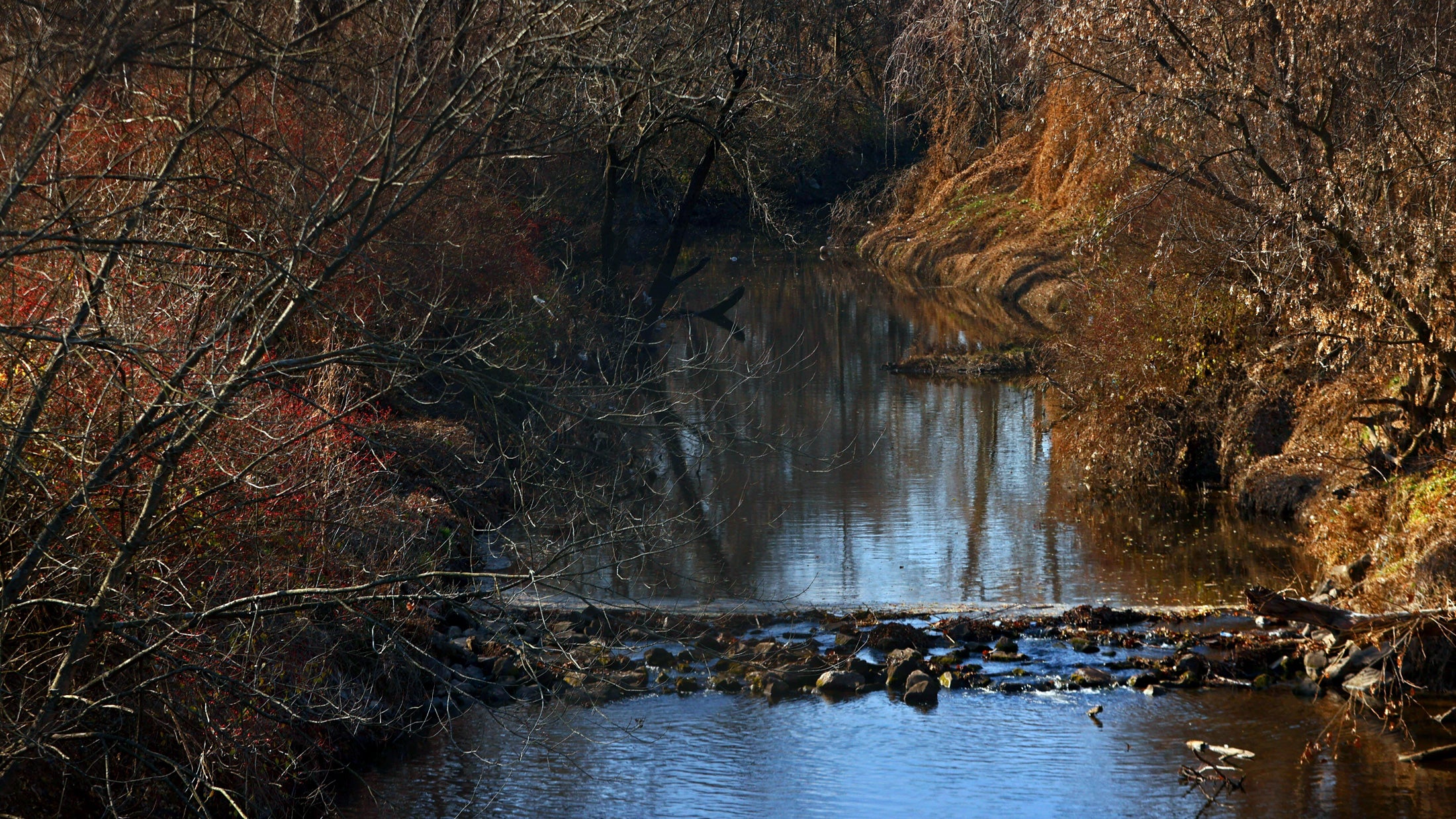Defeating Malaria
Rethinking Malaria/COVID19
Do non in laborum ex ullamco magna nostrud ea. Nisi adipisicing consectetur esse consequat proident ex nulla proident sunt do cupidatat.
Defeating Malaria
Communications and Advocacy
Do non in laborum ex ullamco magna nostrud ea. Nisi adipisicing consectetur esse consequat proident ex nulla proident sunt do cupidatat.
Professor Pardis Sabeti, FAS, Harvard University
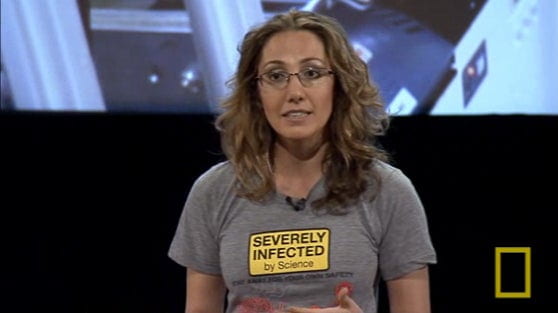
There’s an African proverb – ‘It takes a village to raise a child.’ Tackling emerging diseases also takes a global village.
For the last several years, Pardis Sabeti, a computational geneticist and physician by training, has been focused on a pursuit to use the power of genomic science and research partnerships forged at the individual level to head off emerging diseases before they become global pandemics. Sabeti, an Associate Professor at the Department of Organismic and Evolutionary Biology, divides her time between her laboratory at Harvard and field sites in Nigeria and Sierra Leone.
Her research focuses on using medical and evolutionary genetics to better understand the origins of acquired traits as well as to help prevent the spread of infectious diseases. In addition to her work on emerging diseases, such as Lassa fever, Sabeti is interested in studying genetic variation in malaria parasite populations to help expand our understanding of basic parasite biology by tracking parasites as they evolve in response to various interventions.
While advancing scientific discoveries, Sabeti and her colleagues have also witnessed the positive effects of empowering local populations in the areas where they conduct research. By providing diagnostics and treatments to patients taking part in research studies, whole communities have become engaged as physicians combat infectious diseases that continue to present huge health burdens in regions across Africa. Her research is a real-world example of the power of science in bringing people together toward a common goal.
In 2013, Professor Sabeti was named a National Geographic Emerging Explorer, an award that is given to young visionaries and trailblazers, who are making a significant contribution to world knowledge through exploration. Watch her talk about her efforts in a video from the National Geographic Live! series.
Defeating Malaria
Organizational and Operational Performance
Do non in laborum ex ullamco magna nostrud ea. Nisi adipisicing consectetur esse consequat proident ex nulla proident sunt do cupidatat.
Weisskopf Lab
We study the contribution of occupational and environmental exposures to neurological and developmental disorders.
665 Huntington Ave
Bldg. 1, Suite 1402
Boston, MA 02115
St. Louis Baby Tooth – Later Life Health Study
Launched in the 1950s, the Baby Tooth Survey aimed to assess whether children were being exposed to radiation from nuclear fallout. By analyzing baby teeth, primarily from St. Louis, researchers revealed how radioactive isotopes, like Strontium-90, were absorbed. These findings influenced public health policy and were cited by President John F. Kennedy in the signing of the Partial Nuclear Test Ban Treaty in 1963.

Today, at the Harvard T.H. Chan School of Public Health in the Weisskopf Lab, we continue this important work, studying how early-life environmental exposures affect aging, disease risk, and overall health decades later. Learn more about the study below.
About the Study
A Brief History
The Baby Tooth Survey was originally designed to explore the link between above-ground nuclear testing and radiation levels in baby teeth donated by you! The first nuclear bomb “Trinity” was tested 210 miles south of Los Alamos on July 16, 1945 (featured in the recent movie Oppenheimer). A total of 215 nuclear weapons would be exploded into the atmosphere by the United States. However, even atmospheric nuclear weapons tested by other countries could have led to the deposition of radioactive material inside the US.
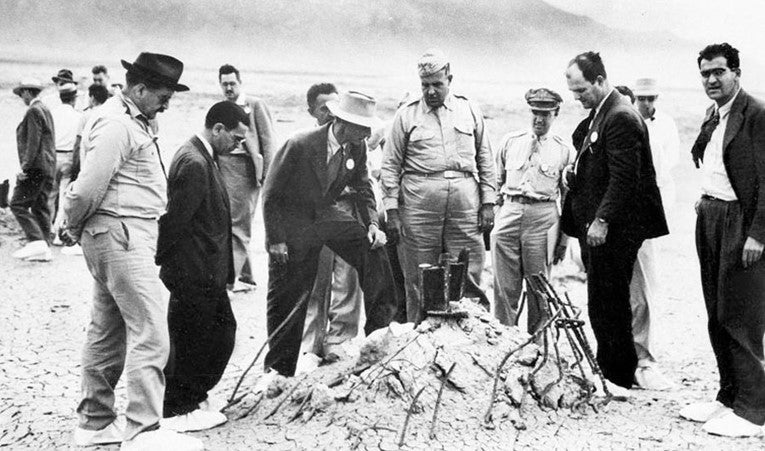
In December 1958, Washington University in St. Louis, Saint Louis University, and the Greater St. Louis Citizens Committee for Nuclear Information launched the Baby Tooth Survey, eventually collecting over 320,000 baby teeth by 1970. The findings were startling: children born in 1958 had levels of strontium 90 – a radioactive by-product of bomb fallout – more than 30 times higher than children born in 1947 (Rosenthal, Bird, Gilster, Pinto, & O’Neill, 1966). The Baby Tooth Survey played a vital role in President John F. Kennedy’s 1963 decision to sign the Partial Nuclear Test Ban treaty prohibiting above-ground nuclear testing.
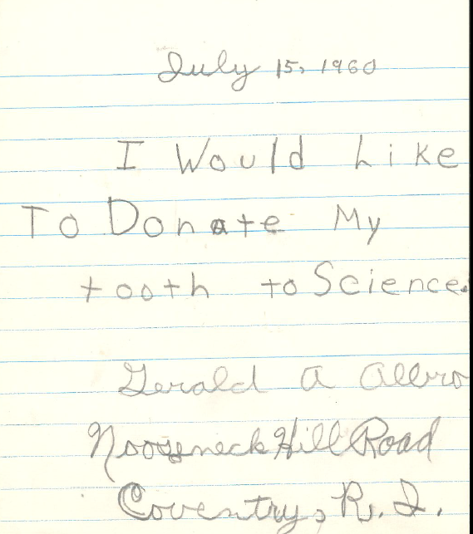

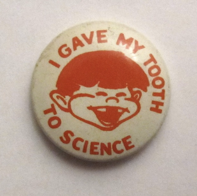
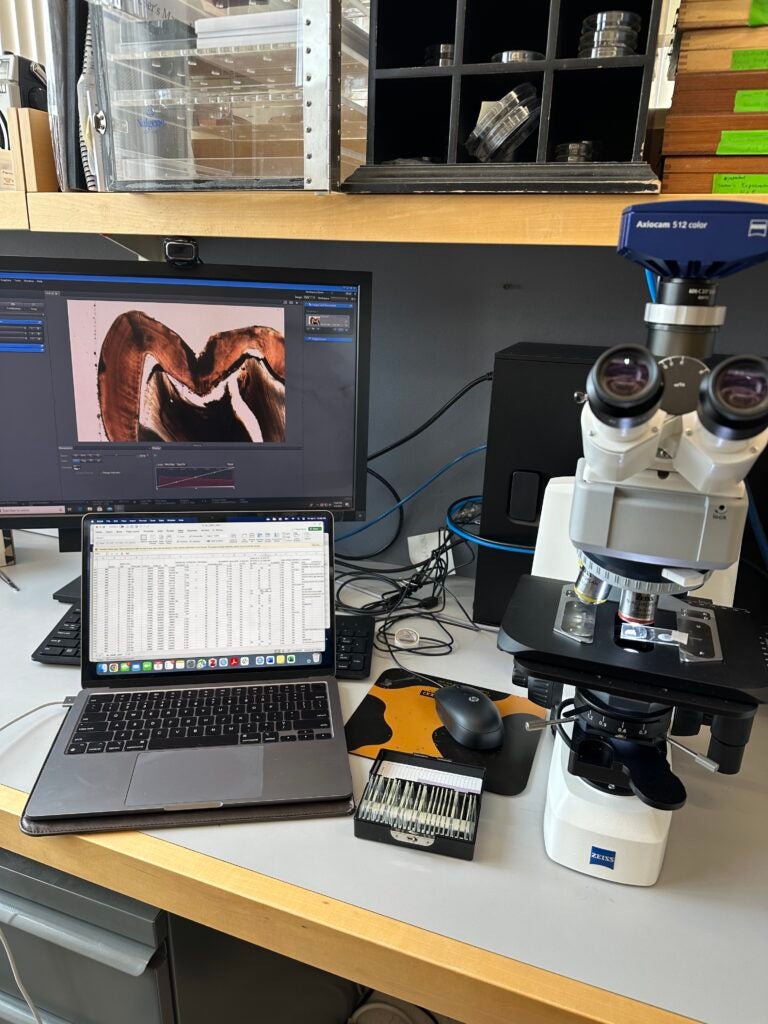

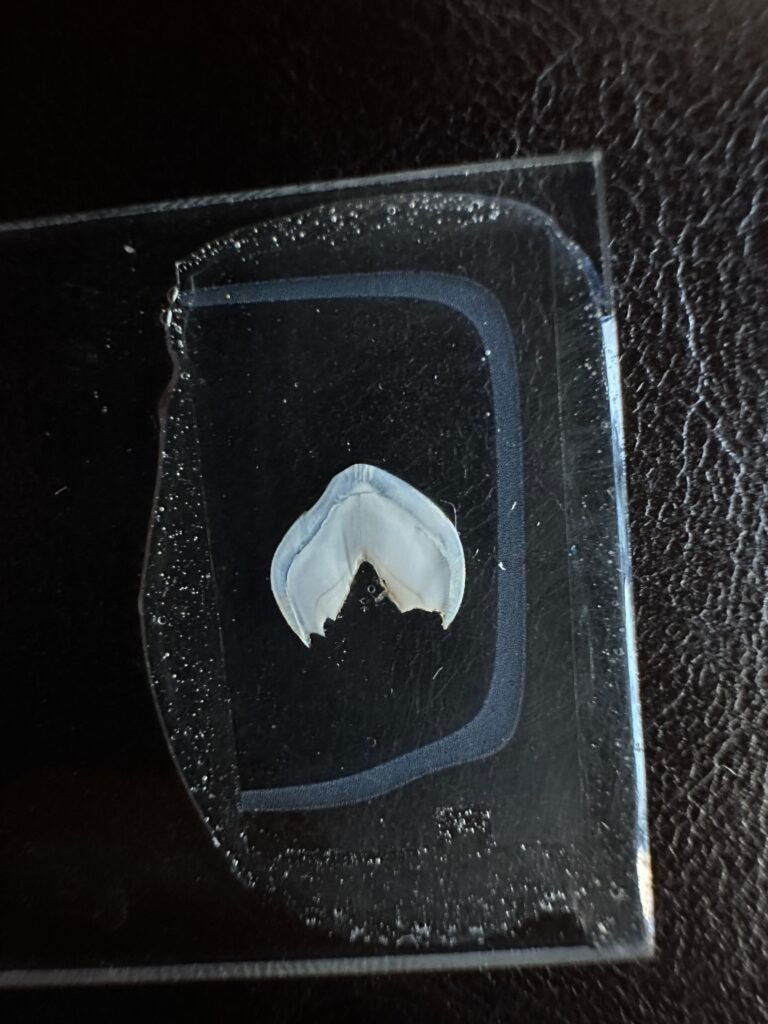
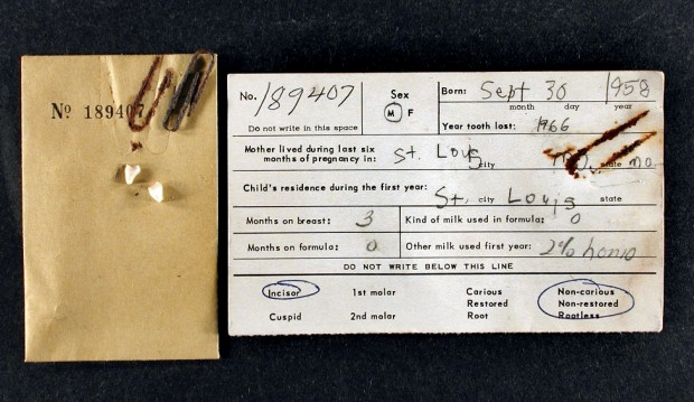
Fortunately, not all the collected teeth were used for strontium-90 testing. In May 2001, about 100,000 untested teeth were discovered, in excellent condition, in an abandoned armory owned by Washington University. The university transferred the teeth to Joe Mangano, Executive Director of the Radiation and Public Health Project. Recognizing that these teeth still offered significant scientific potential, Mangano began a collaboration with Dr. Marc Weisskopf at the Harvard T.H. Chan School of Public Health, leading to our current study: the St. Louis Baby Tooth – Later Life Health Study.
Our best estimate is that those 100,000 teeth come from about 35,000 original donors. And so far, a little over 5,000 of you have joined our Later Life Health study! We can’t thank you enough for your dedication to public health research!
Defeating Malaria
Events
Do non in laborum ex ullamco magna nostrud ea. Nisi adipisicing consectetur esse consequat proident ex nulla proident sunt do cupidatat.
Defeating Malaria
Strategic Decision Making
Do non in laborum ex ullamco magna nostrud ea. Nisi adipisicing consectetur esse consequat proident ex nulla proident sunt do cupidatat.
Defeating Malaria
Science and its Translation
Do non in laborum ex ullamco magna nostrud ea. Nisi adipisicing consectetur esse consequat proident ex nulla proident sunt do cupidatat.
Defeating Malaria
Education and Leadership Development
Do non in laborum ex ullamco magna nostrud ea. Nisi adipisicing consectetur esse consequat proident ex nulla proident sunt do cupidatat.
Defeating Malaria
Research Topics
Do non in laborum ex ullamco magna nostrud ea. Nisi adipisicing consectetur esse consequat proident ex nulla proident sunt do cupidatat.
About
About
Do non in laborum ex ullamco magna nostrud ea. Nisi adipisicing consectetur esse consequat proident ex nulla proident sunt do cupidatat.
